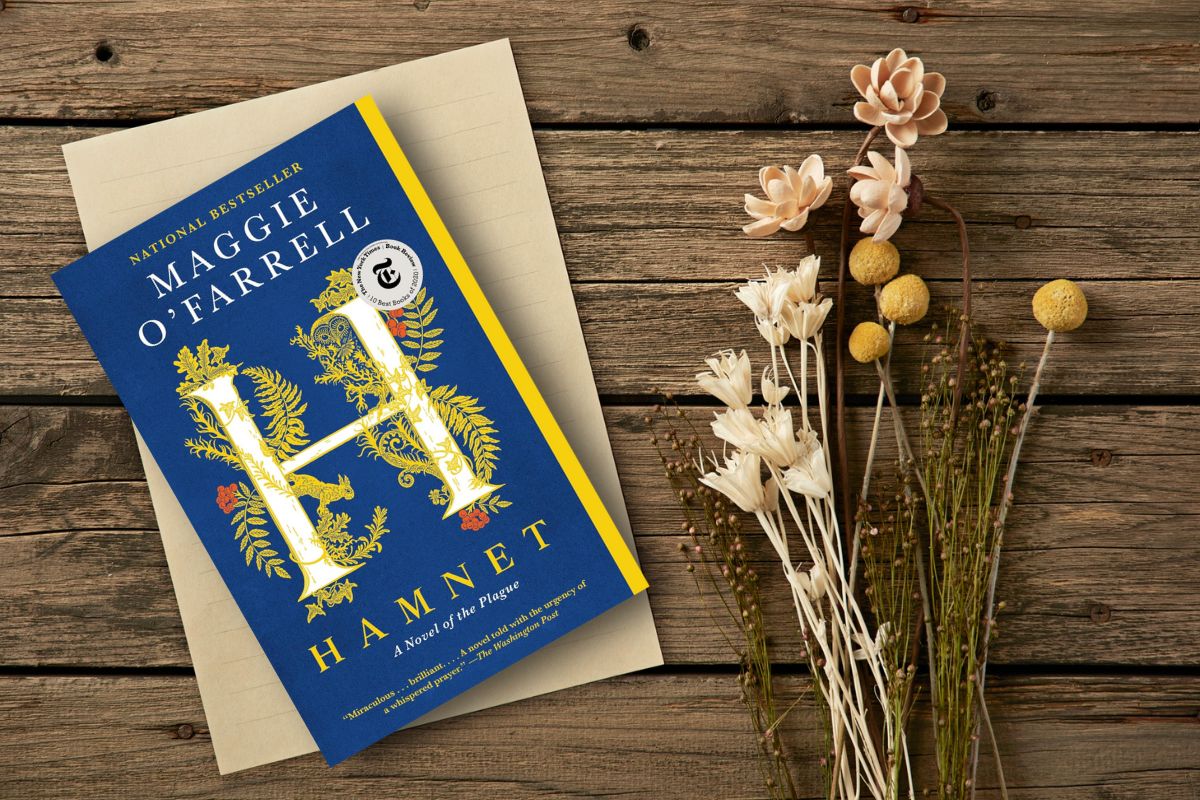Guest Post by author Christina Dalcher (Photo Credit: Laurens Arenas)
Christina Dalcher is the author of bestselling dystopian fiction like Vox and Femlandia. She sat down with She Writes to share the top five tips she has for authors working on a near-future novel in which the world goes awry. If in the wake of these ever-changing times you’d like to write the next great dystopia, consider her advice as you build your world.
1. The world doesn’t need to change completely
For me, the most frightening kind of dystopia is one where everything seems normal—mostly normal. We tend to hear a lot about world-building, and we need to put on our hard hats and do the manual labor to create a world, but that doesn’t always mean concocting a scenario far in the future or inventing place names that don’t already exist or dressing people up in odd costumes. Of course, we can take an Orwellian approach and create an Oceania, or we can build a Panam à la Suzanne Collins. We can visually segregate our characters into castes. We can destroy the world as we know it and put a new one in its place. All of these techniques work, but I don’t think they are crucial components to a good dystopian read. The worlds we build need to be different from the present state of things, but even subtle changes can serve as a solid background to a story.
2. The fear must be palpable
Let’s all say this together: Dystopian literature is not meant to be pleasant! No one finishes Fahrenheit 451 or Brave New World without experiencing a surge in blood pressure along the way. I like to look at the genre as crossing the lines between horror, thriller, and social commentary, and the horror element is starting to become more prominent in the stories I write. While most thrillers seem to end on an up note (the good guys win!), all of my favorite dystopias are much bleaker (the good guys might win something but with serious ramifications). They leave me frightened and a bit on edge, and that’s their beauty. I can easily forget a story that wraps itself up with a tidy bow. I think much harder about one that finishes with a twinge of despair. A little despair can be a good thing if a positive alternative seems within reach. Too much, and it’s just a downer!
3. Make us think!
The situations my characters live in are exaggerated in Vox and in Master Class — that’s why they’re novels, not works of non-fiction! The same can be said for other dystopian works: Orwell’s 1984, Bradbury’s Fahrenheit 451, and Huxley’s Brave New World. I don’t think anyone believes we’ll ever end up in a place where truth is manipulated the way Orwell recounted, or where all books are burned, or where we engineer babies in artificial wombs. And I certainly don’t believe that women will one day be forced to wear electric shock-inducing word counters or that individuals will carry their IQ scores around for life. But that’s the beauty of writing dystopian fiction — we create these extreme scenarios to highlight very real problems like propaganda, censorship, and eugenics. The genre should give readers something meaty to talk about in our book clubs and on social media. As writers, we need to make those talking points evident in our stories.
4. Keep the focus on the individual
If there’s a common theme to dystopia, it’s oppression. Typically the Big State steps on a small individual who has lost freedom in some way. Harking back to world-building (and the reason I believe world-building can often take a back seat), it’s this individual we want to be writing about. How does the new structure affect him or her? How does she react and cope? Is there a sense in which this poor, tromped-on character somehow created the present situation, either actively or passively? By focusing on the people inside the story, by keeping them normal and relatable, we can ramp up the fear factor a few notches. Our character becomes an Everyman or an Everywoman, and our readers will identify.
5. Give reality a push
The potential for dystopia exists everywhere: in our present and in our past. (In many cases, the past provides us with much more than potential!) With the sociopolitical universe becoming ever more polarized, writers can find nuggets of possibility all over the place. Take any movement or event and ask yourself, “What would the world look like if we took this to an extreme?” The fodder is out there already. All a writer needs to do is give it a little push.














Leave A Comment